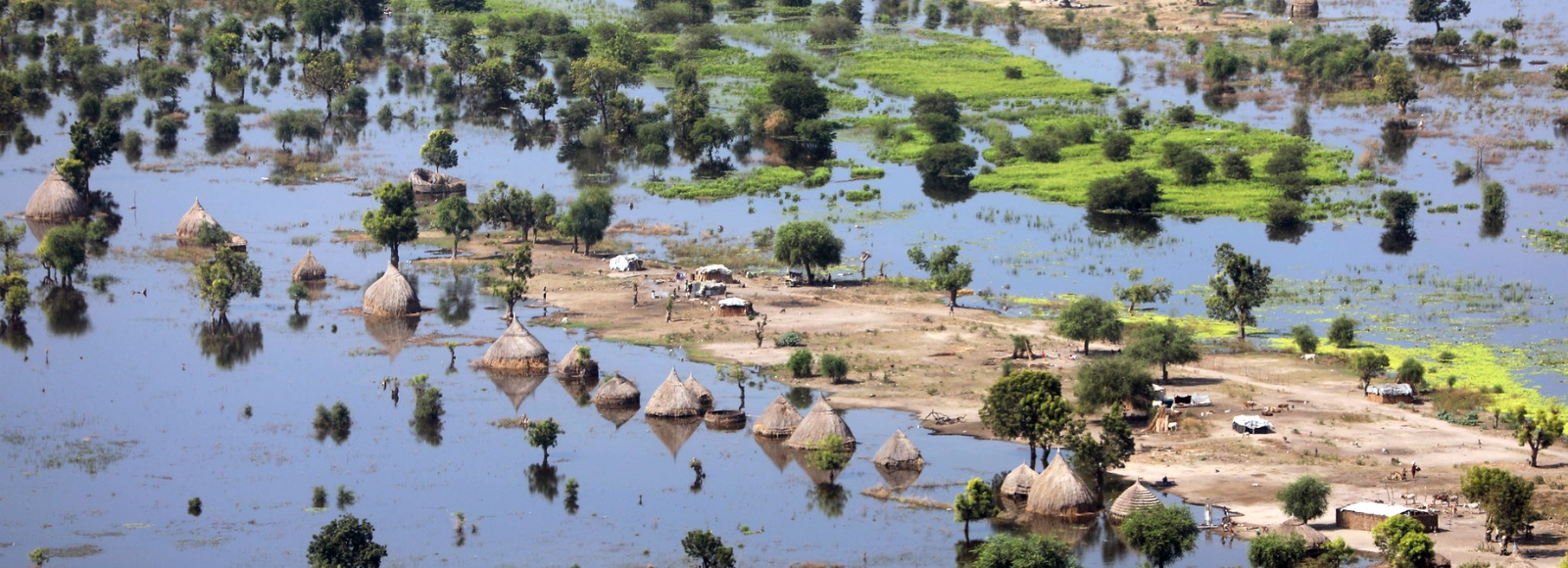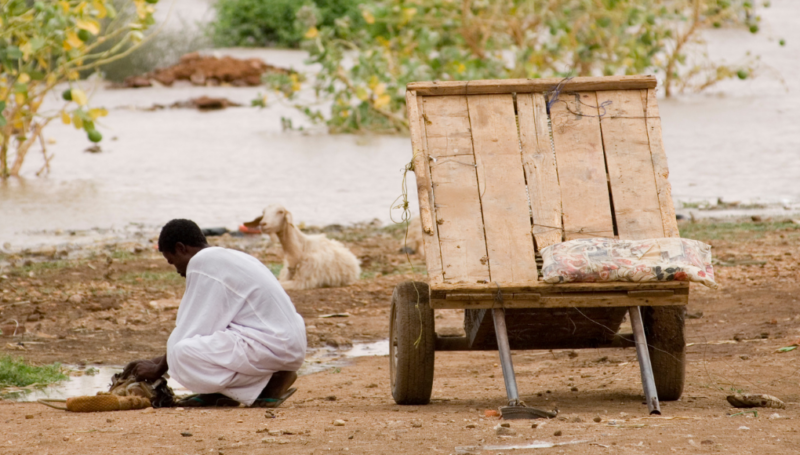Experts have warned of major flood event in the latter half of 2024, driven by unprecedented water levels in Lake Victoria and forecasts of above-average rainfall across East Africa, which threatens to deepen an already severe humanitarian crisis in South Sudan.
This forecast comes on the heels of four consecutive years of severe flooding from 2019 to 2022, which have fundamentally reshaped livelihoods systems, compounded the impacts of conflict and economic crisis, and forced widespread, and often protracted, displacement. The cumulative impact of these disasters, compounded by South Sudan’s status as one of the world’s most climate-vulnerable nations, underscores the urgent need for preparedness and response.
Already, preliminary signs of are visible. Breached dykes in southern Unity and Western Bahr El Gazal states serve as early indicators of what could unfold in the coming months. And by September and October, when floodwaters are expected to peak, humanitarian actors are planning for a scenario where more than 3 million people are expected to be affected, with 2.4 million needing humanitarian assistance.
| In a country highly vulnerable to climate change and with critical rates of acute malnutrition and more than 600,000 people displaced from Sudan, scaling up emergency aid is essential to support the collaborative efforts of the government and humanitarian partners. Currently, less than 20% of the humanitarian response is funded, putting South Sudan on a trajectory towards a catastrophic level of humanitarian needs. This situation would have far-reaching implications for the entire region. – Guillaume Pocard, Country Coordinator for IMPACT South Sudan |
Driving these figures is the country’s ongoing public health crisis, characterized by critical rates of malnutrition and endemic acute food insecurity. The timing is especially problematic, as the floods are likely to coincide with the lean season, exacerbating existing food consumption gaps and the prevalence of waterborne diseases. In fact, recent IPC (Integrated Phase Classification) food insecurity analysis projected 7.1 million people in South Sudan – or 56% of the population – would face acute food insecurity between April and July 2024.
Critical rates of acute malnutrition are now present in most counties along the Nile, where floods appear most likely to occur. High-density displacement sites in Greater Upper Nile, such as those in Bentiu, are of concern, as acute malnutrition there may already have surpassed the critical threshold. A worrying nationwide trend, as an estimated 1.65 million children between the ages of 6 and 59 months are expected to suffer acute malnutrition through June 2024.
Additionally, violent conflict continues to pose a persistent threat to the safety, well-being, and livelihoods of communities in South Sudan. Additional flooding could exacerbate these challenges, worsening intergroup tensions over control of natural resources.
Yet, the humanitarian response faces significant challenges. The South Sudan humanitarian response plan remains critically underfunded, with less than 20% of required funding secured by mid-2024. Operational constraints, including logistical difficulties and insecurity along supply routes, further hinder efforts to deliver essential aid to those in need.
And while piecemeal hydrological data leaves us with uncertain predictions about flood intensity and location, the potential devastation is clear. The humanitarian crisis worsened by the floods between 2019 and 2022 signals the potential consequences South Sudan could face should major floods materialize. Therefore, scaling up emergency assistance— including healthcare, food, sanitation, and emergency shelter— will be needed to avert an excess loss of life.
For a deeper dive into the potential impacts of major floods in South Sudan, read our latest emergency alert.









